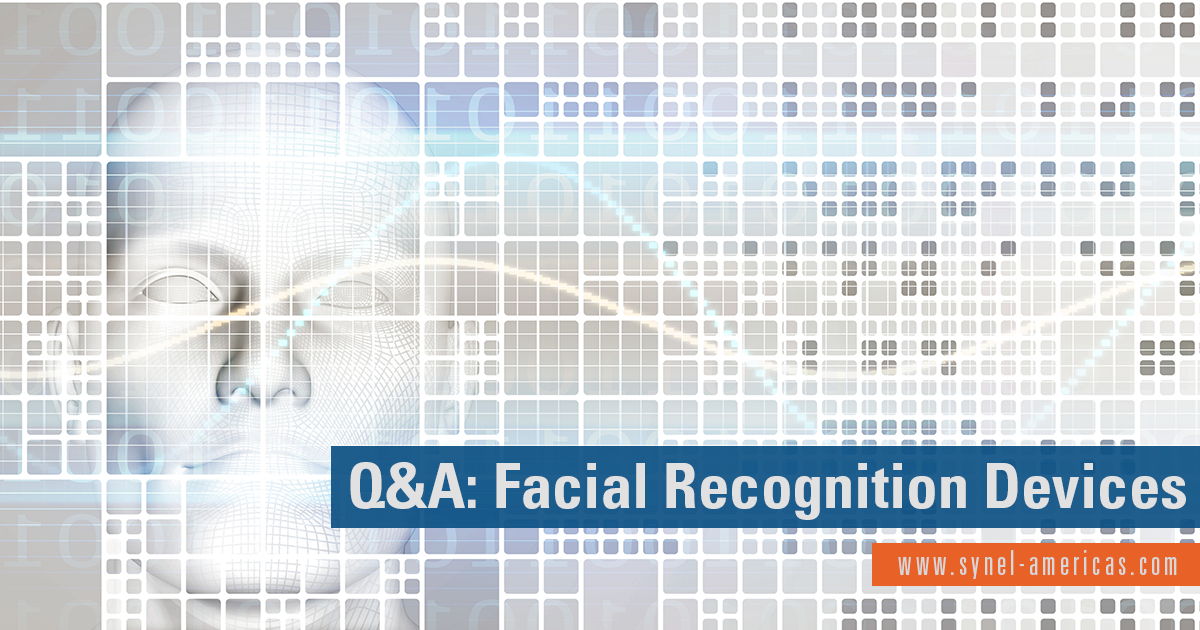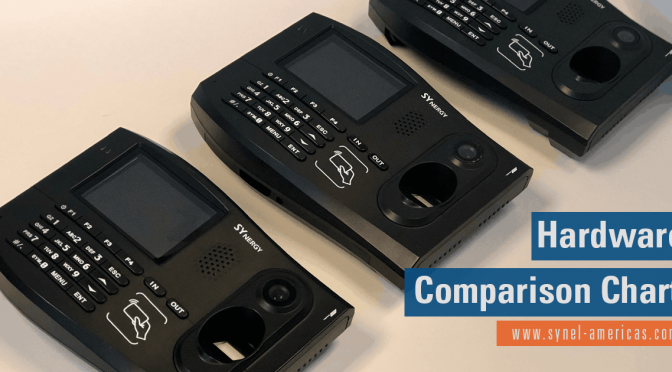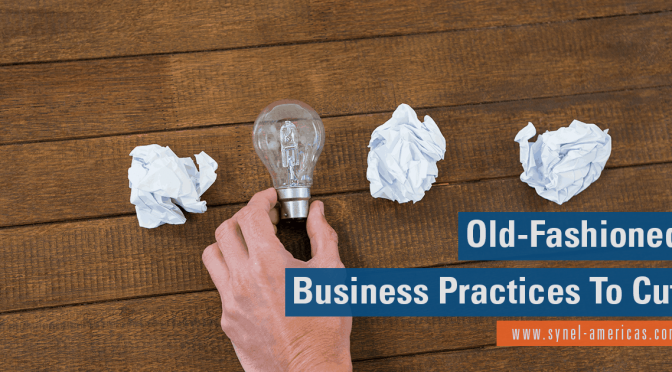Biometrics in the workplace is becoming more and more popular, especially to ensure more accurate and compliant time and attendance tracking. If you have been considering adding biometrics to your workplace but not sure which way to go, we’re breaking it down for you, specifically biometric facial recognition devices. See the Q&A with our CEO and industry veteran, Thomas Bednarik, and Chao Ling, our Senior Embedded Software Engineer, to get all the answers on facial recognition devices.
Q&A: Facial Recognition Devices
Which environments are most conducive to using facial recognition devices for time and attendance?
Tom: Any environment where it is most convenient for the employee not to have to touch the device or where hygiene is a high priority. It can replace any current fingerprint or credential time & attendance system. It is also important to consider that a location with bad lighting and strong glares might not be ideal for a facial scanner.
Why would a company pick facial recognition over another biometric option?
Tom: Most of the time, this is going to come down to convenience, as mentioned previously. If a company has employees that have dirty hands or wear gloves, for example, employees working in a kitchen or factory, using facial recognition over another biometric solution such as fingerprint is going to be a much better option. Facial recognition devices are also fool-proof for buddy punching so if a company has that problem or concern, this would eliminate it completely.
How does facial recognition enrollment work?
Chao: When you first register, the clock scans your face and extracts different feature points across the face using infrared sensors. It then uses algorithms to create a template specific to your face. When you scan your face, the clock uses that template to compare to your face in order to recognize your face. It usually takes milliseconds, so it’s a very quick process. Factors such as lighting and standing position, like your height, may affect the recognition speed.
What is actually happening at the clock when an employee clocks in with their face?
Chao: When an employee goes to can their face at the clock it is recognizing extraction points across your face and then comparing it to the stored algorithm template from when the employee registered. You can customize the setting on your clock so that it recognizes a certain function automatically, like clock in/out, based on the time of day, which makes the process even quicker.
Can facial recognition devices be used for more than just in/out?
Chao: Absolutely! Those are just normal functions but you can define and customize functions based on your wants and needs. Some examples include a lunch break, other breaks, or transfer of labor levels just to name a few.
Which products do you recommend for facial recognition?
Tom: We recommend The Synel SY-910 facial recognition device. The SY-910 is Synel’s latest Facial Recognition device with no-touch technology, a hygienic cost-saving alternative. Instantly identify users for look-and-go punching and access control. The SY-910’s three-dimensional facial analysis and identification algorithm can’t be fooled by two-dimensional images or photographs and is so accurate it can even distinguish between identical twins.





